| basic information |
Temples are the places of worship in Japanese Buddhism. Virtually every Japanese municipality has at least one temple, while large cultural centers like Kyoto have several thousands of them.
Temples store and display sacred Buddhist objects, and some of them used to or still function as monasteries. Structures typically found at Japanese temples are:
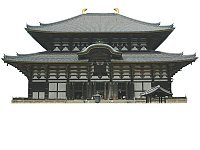 | Main hall The sacred objects of worship, such as statues, are displayed in the main hall. In Japanese, main halls are usually called kondo, hondo, butsuden, amidado or hatto. Example: Main hall of Todaiji in Nara. |
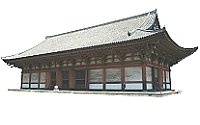 | Lecture hall Lecture halls are for meetings and lectures and often also display objects of worship. Lecture halls are called kodo. Example: Lecture hall of Toji in Kyoto. |
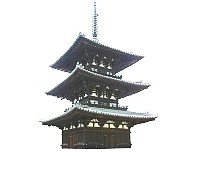 | Pagoda The pagoda, a structure that has evolved from the Indian stupa, usually comes with three (sanju no to) or five (goju no to) stories. Pagodas store remains of the Buddha such as a tooth, usually in form of a representation. Example: Three storied pagoda of Kofukuji in Nara. |
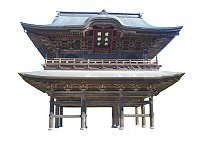 | Gates Gates mark the entrance to the temple grounds. There is usually one main gate, and possibly several additional gates, for example, along the temple's main approach. Example: Sanmon Gate of Kenchoji in Kamakura. |
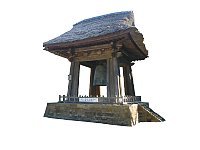 | Bell On New Year's eve, temple bells are rang 108 times, corresponding to the Buddhist concept of 108 worldly desires. Example: Great Bell of Kenchoji in Kamakura. |
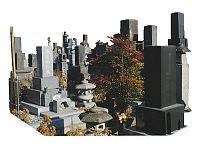 | Cemetery Most cemeteries in Japan are Buddhist and are located at a temple. The Japanese visit their ancestors' graves on many occasions during the year, especially during the obon week, the equinoctial weeks and the anniversaries. |
The best cities to visit temples are Kyoto, Nara and Kamakura. One of the best places to overnight at temples is Mount Koya.
No comments:
Post a Comment